#myrtle vartanian
Photo
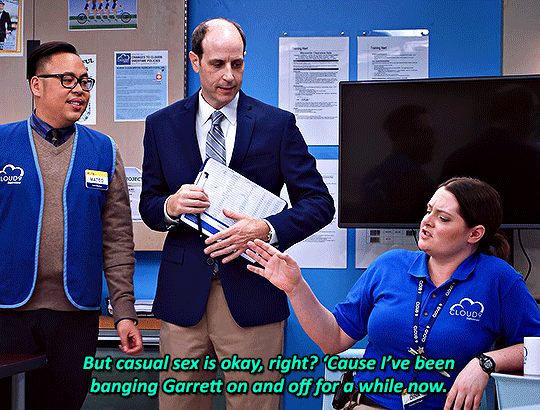




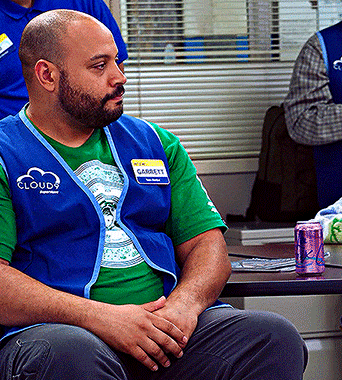
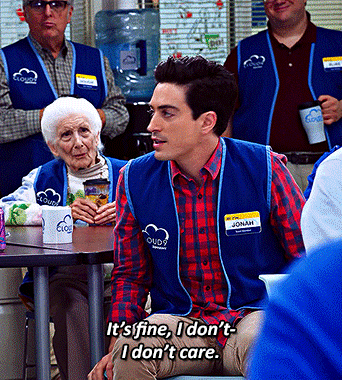
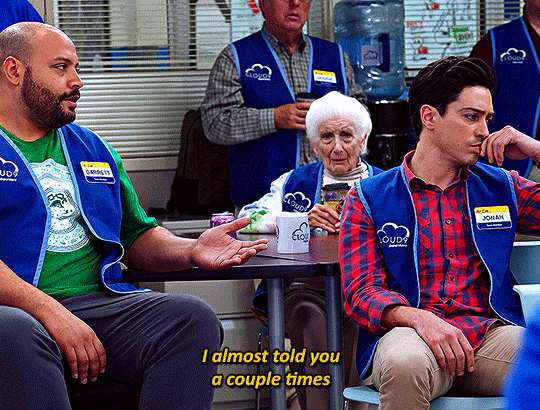
Myrtle is not enjoying this
SUPERSTORE
2x16 - Wellnes Fair
#superstoreedit#superstore#jonah simms#garrett mcneil#myrtle vartanian#tvedit#tvgifs#superstore jonah#superstore garrett#superstore myrtle#mess edits#lazedits#op#these were FUN to make!!!#they came out good for a first attempt i'm honestly proud idc#they could be 100000% better but ill get there :D
2K notes
·
View notes
Photo

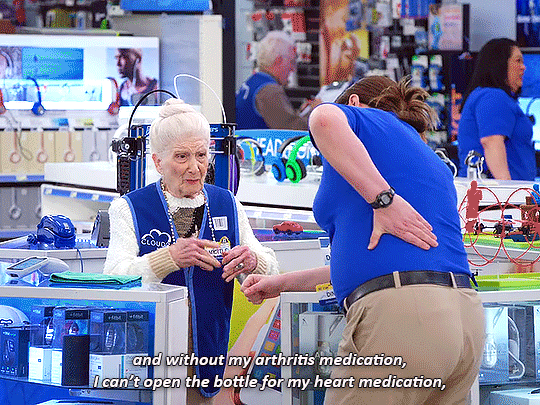
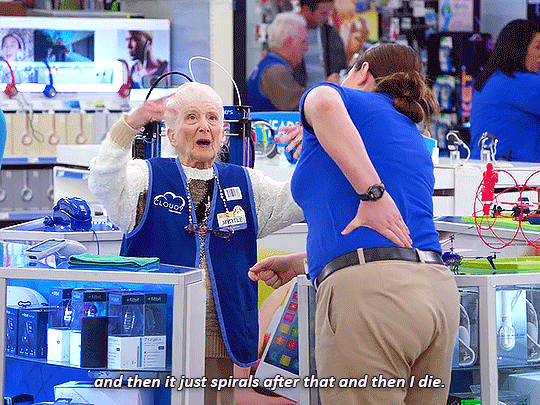
477 notes
·
View notes
Text





49 notes
·
View notes
Text
Incorrect Quote
Glenn: Myrtle! You really shouldnt open the door without asking who it is, first!
Myrtle: *Sighs* Fine...
Myrtle: *Slams door in Glenns face*
Myrtle: Who is it!?
#source: Golden Girls#Superstore#Superstore Incorrect Quote#Incorrect Quote#IQs#Glenn Sturgis#Myrtle Vartanian#Superstore Glenn#Superstore Myrtle
9 notes
·
View notes
Photo

#hulu#superstore#jonah simms#ben feldman#carol#irene white#mateo liwanag#nico santos#justine sikowicz#kelly schumann#marcus white#jon barinholtz#cheyenne lee#nichole sakura#myrtle vartanian#linda porter#glenn sturgis#mark mckinney#sandra kaluiokalani#kaliko kauahi#garrett mcneill#colton dunn
11 notes
·
View notes
Photo
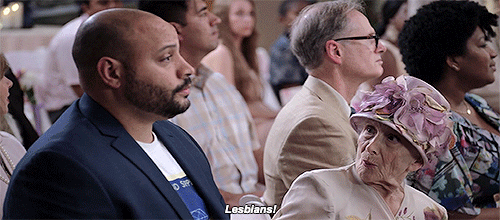


hell yeah it is girl
#*#superstore#Garrett McNeil#colton dunn#Myrtle Vartanian#linda porter#nbc superstore#superstoreedit#1k#handmade
3K notes
·
View notes
Photo
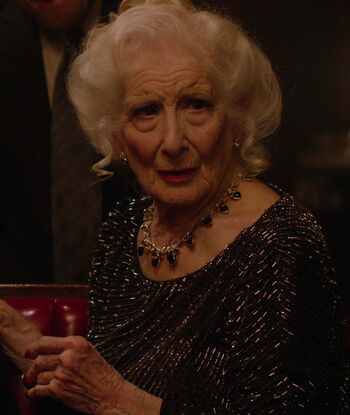

LINDA PORTER (1933-Died September 25th 2019,at 86).American character actress. She appeared in numerous feature films, television programs, advertisements and music videos,including as Myrtle Vartanian,in the US single camera-shot sitcom,Superstore,and also ER,Dharma & Greg,The X Files,Frasier,Twin Peaks,and film roles such as Mrs Crabbleman,in Dude,Where’s My Car?.https://en.wikipedia.org/wiki/Linda_Porter_(actress)
#Linda Porter#American Character Actresses#American Actresses#Notable Deaths in 2019#Notable Deaths in September 2019
1 note
·
View note
Text
Hyperallergic: What Does the Next Wave of Development Mean for Bushwick Artists?
A building on Wyckoff Avenue advertising “over 9,000 square feet of awesome.” (photo by the author for Hyperallergic)
Bushwick Open Studios is now more than a decade old, but its continuity is more uncertain than ever.
As thousands of art lovers descend upon North Brooklyn this weekend for the city’s largest arts festival, a quieter, anxious conversation is whispered through the neighborhood’s studios, galleries, and commercial art spaces. Artists are chatting with one another about when their studio leases will expire, whose landlords are jacking up prices, and who wants to make deals with their tenants.
Residential rents have been largely stable along the L and J trains, but the area is undergoing rapid change along its commercial corridors. New hotels are sprouting up, developers are renovating warehouses and factory buildings for music venues and office spaces on Bushwick’s main drags, and restaurants and bars are spreading onto sleepy side streets.
Bushwick’s art scene is no longer its primary attraction — not when restaurants like Roberta’s and Bunker draw diners from Manhattan and beyond, while the Knockdown Center and House of Yes quickly build a global following.
Tensions have simmered for much of the past decade between Bushwick’s longtime Latino and African American residents and artists who moved into the area. But as more people discover the neighborhood’s charms, investors pour money into projects that increase property values and eventually force long-time residents and artists to leave for good.
Wyckoff Avenue in Bushwick, with a tour group at right (photo by the author for Hyperallergic)
The cycle of displacement has occurred in other New York neighborhoods populated by artists, but unlike Soho or Williamsburg, which saw explosive residential development, Bushwick’s latest gentrifiers could be tech companies.
Artists in Bushwick and East Williamsburg are largely concentrated in commercial studio buildings — many of which are former textile factories that have been subdivided and partitioned to create small individual studios. These buildings have kept their manufacturing zoning because they reside within one of the city’s Industrial Business Zones, which has allowed manufacturing companies to operate in Brooklyn at a relatively affordable cost.
Many unused properties in the area, which stretches from Grand Street and Bushwick Avenue to Myrtle Avenue and Cypress Avenue, have drawn interest from real estate investors.
“Those are very attractive properties,” Matt Cosentino, vice president of sales at TerraCRG, a commercial real estate firm, told Hyperallergic. “There are a bunch of hotels in East Williamsburg that are up or on the way up and there have been a number of office buildings being built.”
Bushwick remains one of the most sought after neighborhoods for development for all types of properties. Last year, there were 72 multifamily building sales in Bushwick for a total of $136.6 million (second highest among all neighborhoods in Brooklyn), 38 mixed-use building sales for a total of $74.4 million, 23 residential development sites for a total of $39.4 million, three retail building sites for a total of $14.6 million, and four industrial or office buildings at a total of $18.2 million, according to a TerraCRG 2016 market report.
One of Bushwick’s sprawling studio buildings during Bushwick Open Studios 2015 (photo by Hrag Vartanian/Hyperallergic)
Cosentino said some investors are waiting for the MTA’s scheduled L-train shutdown in 2019, which could knock out transit to Manhattan for a year and a half, before buying any properties. But that hasn’t stopped developers from jumping into the market.
Three separate hotels at Stewart Avenue, White Street, and Seigel Street offering a total of 400 rooms are coming online in the coming months. The team behind Glasslands is hoping to open a 24,000-square-foot music venue in a former furniture warehouse at 599 Johnson Avenue by November. Remezcla, a culture website focused on “Latino Millennials,” moved into a renovated office complex at 215 Moore Street called the Bushwick Generator. And the former Schlitz Brewery at 95 Evergreen Avenue has been transformed to a five-story office complex.
Who is looking to move into those new offices? Bushwick’s developers want “TAMI” tenants, meaning those working in the technology, advertising, media, and information sectors, brokers say.
“It’s tech businesses and smaller start-up companies who employ younger employees who live in Bushwick and Williamsburg and have their nightlife there too,” said Jim McGuckin, senior associate at Marcus & Millichap, a commercial real estate brokerage. “To have an office located near where your employees live is extremely attractive. It’s a reason why someone would chose one company over another.”
The influx of gainfully employed young people could lure higher-end shops and restaurants to Bushwick streets.
Cosentino points to Artichoke Pizza, a Manhattan franchise that replaced Northeast Kingdom on Wyckoff Avenue, and Blink Fitness, which recently opened on Knickerbocker Avenue, as signs that the demand for retail in Bushwick is growing.
“A lot of big box retail will be coming in,” he said. “I expect to see an H&M type tenant and a higher end supermarket tenant like Trader Joe’s come in in the coming years.”
An outdoor art exhibition during a past edition of Bushwick Open Studios (photo by Jillian Steinhauer/Hyperallergic)
How does this affect the artists who live there?
The commercial office and studio buildings aren’t likely to change hands anytime soon because they’re already fairly profitable, analysts say.
“The cash flow being generated from these buildings is so good and there’s a lot of management responsibilities,” said McGuckin. “And there’s usually a big spread between landlords’ expectations for what their building is worth and buyers’ expectations.”
But artists could get squeezed out as owners put more money into their spaces and in turn ask for higher rents.
“While they may remain creative, art-type spaces, the rents are certainly reflecting an improvement for the neighborhood in general,” said Cosentino. “This space will always be in Bushwick, but it’s just a question of what the price point will be.”
Artists who work and live in loft spaces might be eligible for tenant protections under state law, such as significantly lower rent, although they would have had to apply for the program several months ago. Those in buildings that are not rent-stabilized are as vulnerable to market pressures as anyone else in the city.
Murals and warehouses in Bushwick (photo by Mr Seb/Flickr)
Some artists have already made a move further east into Broadway Junction, Cypress Hills, and East New York. Developers are converting former factory buildings and warehouses in East New York’s industrial zone and marketing them to artists. And artists are looking at residential buildings with garages that they can turn into artist studios.
“Back in 2013, we sold a car garage on Harman Street to an artist who did electronic sculptures,” said Cosentino. “Even though it wasn’t a live-work loft space, the garage provided what he needed.”
Others who would like to stay have been getting involved in the Bushwick Community Plan, a committee that has been meeting for nearly a year and hashed out a block-by-block plan for how the neighborhood should be zoned in the future.
The group is expected to present some preliminary recommendations by the end of the year, although what should be done with industrial properties and arts spaces has been a challenge, members say.
“It remains to be seen whether the manufacturing blocks will be a part of the plan,” said Scott Short, chief operating officer of RiseBoro, formerly the Ridgewood Bushwick Senior Citizens Council. “There’s not a lot of consensus for how we treat those and that will be one of the stickiest issues that we’re dealing with.”
The post What Does the Next Wave of Development Mean for Bushwick Artists? appeared first on Hyperallergic.
from Hyperallergic http://ift.tt/2wHz29t
via IFTTT
0 notes
Photo
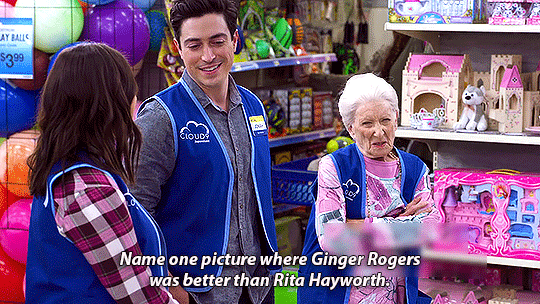




218 notes
·
View notes
Photo
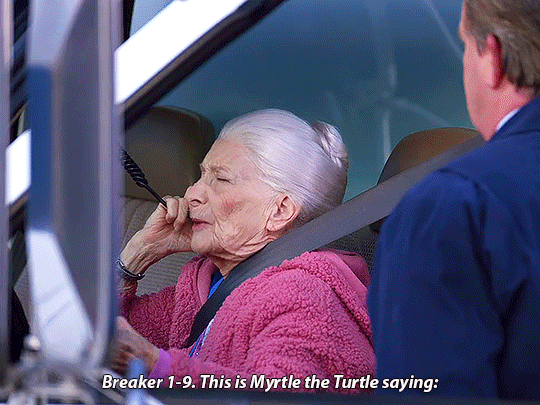


113 notes
·
View notes
Text
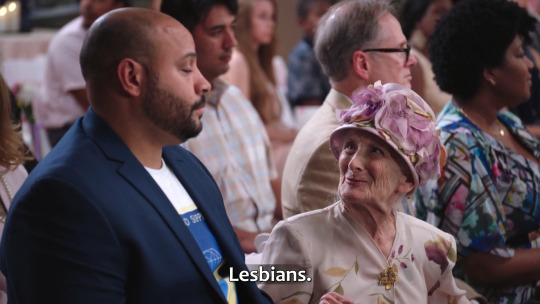
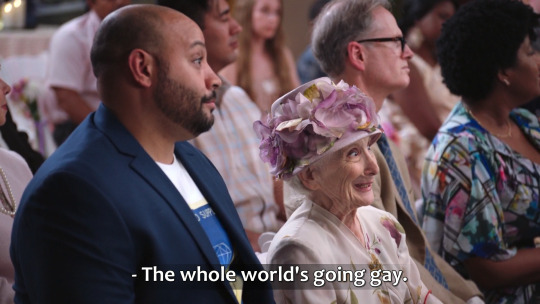
13 notes
·
View notes
Note
I miss myrtle D:
Here, have some Myrtle gifs!
3 notes
·
View notes
Text
Hyperallergic: Your Concise Guide to the 2017 Bushwick Open Studios
The entrance to 1717 Troutman Street during a previous edition of Bushwick Open Studios (all photos by the author for Hyperallergic unless indicated otherwise)
If you thought the launch of the fall art season was overwhelming, brace yourself: Bushwick Open Studios (BOS) 2017 is upon us. The city’s largest event of its kind is once again bringing together hundreds of artists’ open studios, dozens of performances, plenty of pop-up exhibitions, and all manner of special events spanning from East Williamsburg and Bed-Stuy to Maspeth and Ridgewood.
The hallway at 1533 Myrtle Avenue, with the studio building’s cat-in-residence, Garfield.
As per usual, the core focus of the weekend-long extravaganza is visiting artists in their workspaces. The best approach for doing so time-efficiently is to focus on a particular cluster of spaces or a few major buildings like those around the Morgan Avenue stop on the L train (56 Bogart, 119 Ingraham, 41 Varick, 117 Grattan); spaces surrounding the Jefferson Street L stop (1182 Flushing, 1329 Willoughby, 347 Troutman, 449 Troutman, 382 Jefferson); the cluster within the triangle formed by Metropolitan Avenue, Grand Street, and Morgan Avenue (1013 Grand, 1027 Grand, 1040 Metropolitan, 274 Morgan); or the incomparably vast 1717 Troutman Street. For those feeling more adventurous — or averse to overcrowding — try venturing further afield to those outlying or isolated spots on the BOS map, like the Fruit Exchange Studios, 238 Melrose Street, 1533 Myrtle Avenue, 853 Onderdonk Avenue, and 1642 Weirfield Street. While the weekend’s focus is on artists’ studios, if you happen to pass by and stop in some of the neighborhood’s galleries, it won’t be the end of the world.
And then of course there are the innumerable special events, performances, and pop-up shows. Bizarre Black Box Gallery, for instance, has a weekend-long exhibition of Meryl Meisler’s photographs from the final performance of the Ringling Bros. Barnum & Bailey Circus. Artist Jen Durbin will be showing off her sculptural, 1,500-square-foot investigation into the infamous Zapruder film of JFK’s assassination at 109 Ingraham Street. Roving absurdity trainers will be offering 60-second lessons throughout the neighborhood all weekend — and classes each day at 1pm at 315 Seigel Street. The Ravacon Collective will be screening video installations and short films all weekend long — and promise free popcorn — at 96 Bogart Street. And though it’s not strictly speaking a part of BOS 2017, if you happen to stop off at the annual festival of drag and queer performance and music at the Knockdown Center, Bushwig 2017, you certainly won’t regret it.
Performance art on Bogart Street during Bushwick Open Studios 2016 (photo by Hrag Vartanian/ Hyperallergic)
When: Friday, September 22–Sunday, September 24
Where: Hundreds of locations throughout Bushwick
More info here.
The post Your Concise Guide to the 2017 Bushwick Open Studios appeared first on Hyperallergic.
from Hyperallergic http://ift.tt/2xaejuo
via IFTTT
0 notes